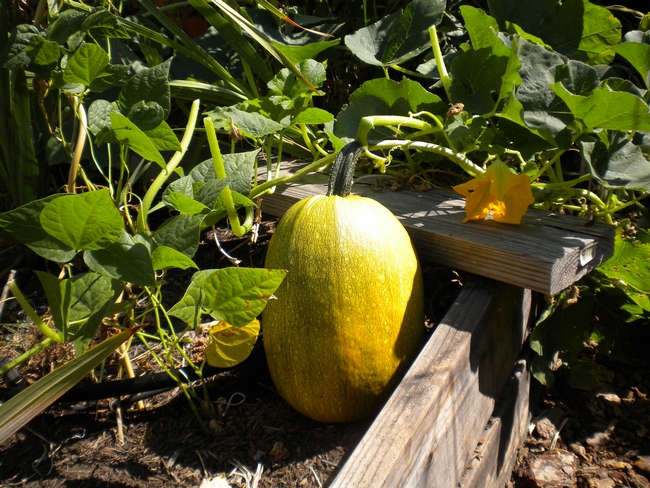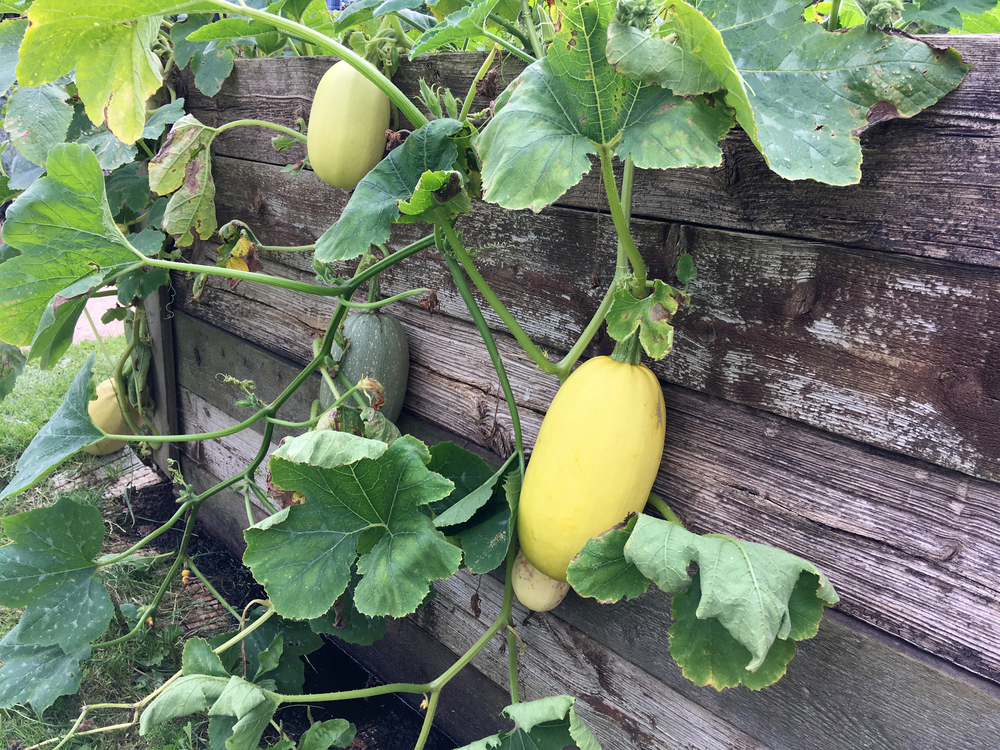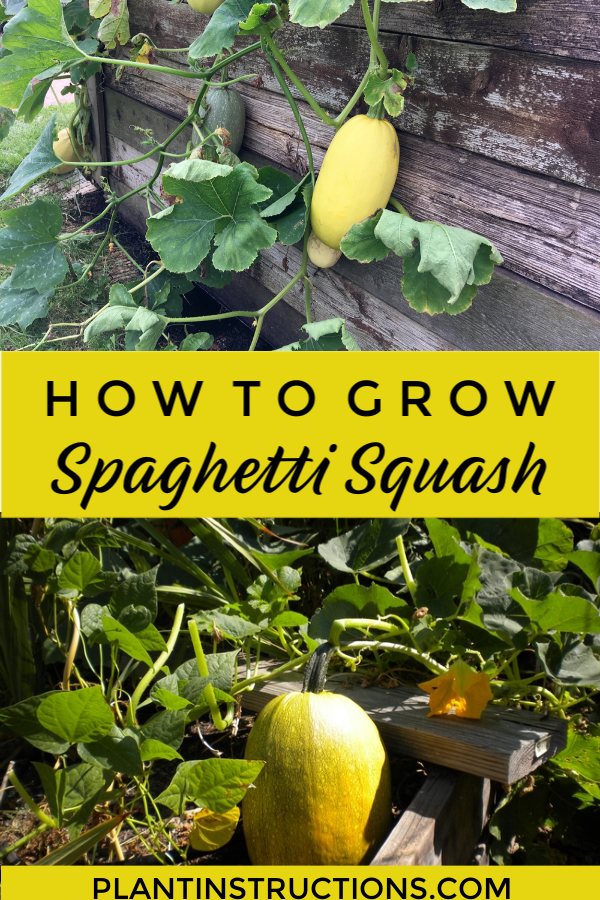Spaghetti squash is a delicious and nutritious vegetable that belongs to the squash family along with zucchini, winter squash, acorn squash and many others. In this article, we'll learn about growing spaghetti squash, how to harvest it, and when the right time to plant is!
The spaghetti squash plant is native to Central America and Mexico. It has now become a very popular vegetable to grow because of its nutritional value and its ease of growth. Spaghetti squash doesn't require too much maintenance, and it's also a great plant to grow for those who don't have a green thumb.
How to Grow Spaghetti Squash in Your Garden

Spaghetti squash is considered a winter squash, and, as such, needs to be grown in warm, fertile, and well draining soil. It also needs full sun, so be sure to plant spaghetti squash in an area where it will receive adequate light.
When to Plant Spaghetti Squash
Spaghetti squash should be planted in the spring, usually March or April, depending on your climate. Make sure all danger of frost has passed before planting. Be careful of spring frosts – spaghetti squash will not tolerate any frost.
How to Plant Spaghetti Squash
- Plant spaghetti squash seeds in rows and in groups of two about 4 feet apart. Each seed should be planted 1-2 inches in depth.
- For best results, start seeds indoors.
- Rows should be spaced 8 feet apart.
- Water your spaghetti squash plants 1-2 inches per week.
- It will take about 90 days from the time of planting to the time of harvest.
Spaghetti Squash Soil Requirements:
In order for spaghetti squash to grow healthy, it needs warm soil that's fertile and well drained. Add in about 4 inches of organic compost to enrich the soil.
Add plastic mulch to keep soil nice and warm, conserve water, and also keep weeds at bay.
Spaghetti Squash Care:
- Water the plants 1-2 inches pet week. If possible, use drip irrigation.
- Store winter squash in a cool and dry area.
Spaghetti Squash Problems:
- Most problems arise from bad quality soil, so be sure to purchase good soil and amend with organic compost.
- Be careful not too water too much, but also be careful of watering too little. This can cause root rot, which is another common problem for squashes.
- Squash rot can develop when a squash sits on one side for too long and moisture gets trapped underneath, causing it to rot.
- To prevent this, place boards underneath each squash. This will prevent them from getting wet.
- Keep an eye out for the following pests: cucumber beetles, spider mites, whiteflies, squash bugs, melon aphids, squash vine borers, and pickleworms.
- To prevent this from happening, introduce natural combatants to your garden.
- Plant marigolds or dill near your squash plants. This will attract tachinid flies which attack squash bugs.
- Other ways to prevent squash bugs is simply to keep an eye on your plants.
Harvesting Spaghetti Squash

Spaghetti squash is ready to harvest once the color has reached a golden yellow hue. Be sure to harvest before any heavy frost begins, and cut the squash with a sharp knife right at the base.
Growing spaghetti squash ins't all that difficult and will provide you with delicious and nutritious meals every time!
Like this post? Share and Pin 🙂





















Thank you for a simple explanation.
You’re very welcome Debbie 🙂
How much sun does it need? We have some young plants that get withery leaves in full sun.